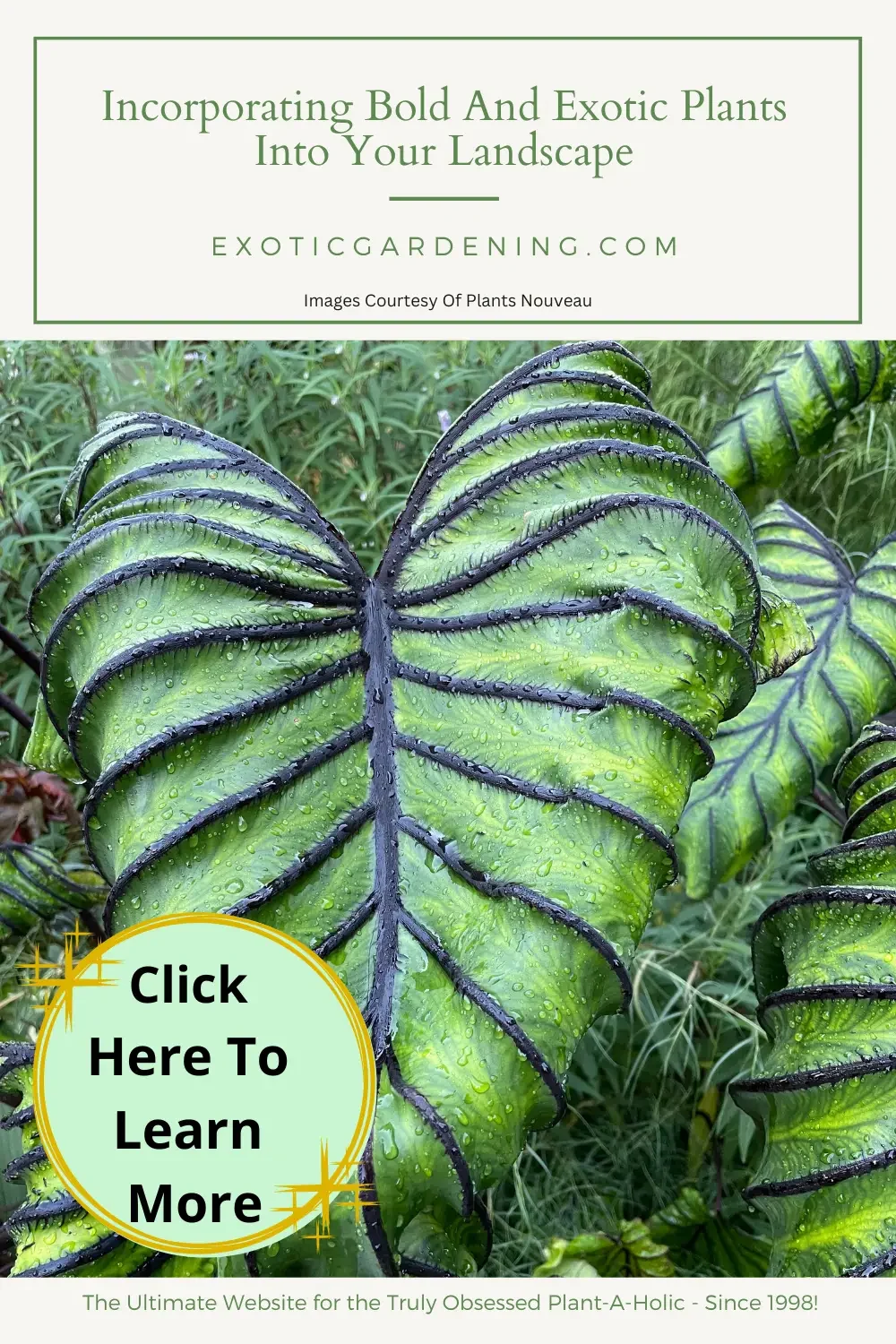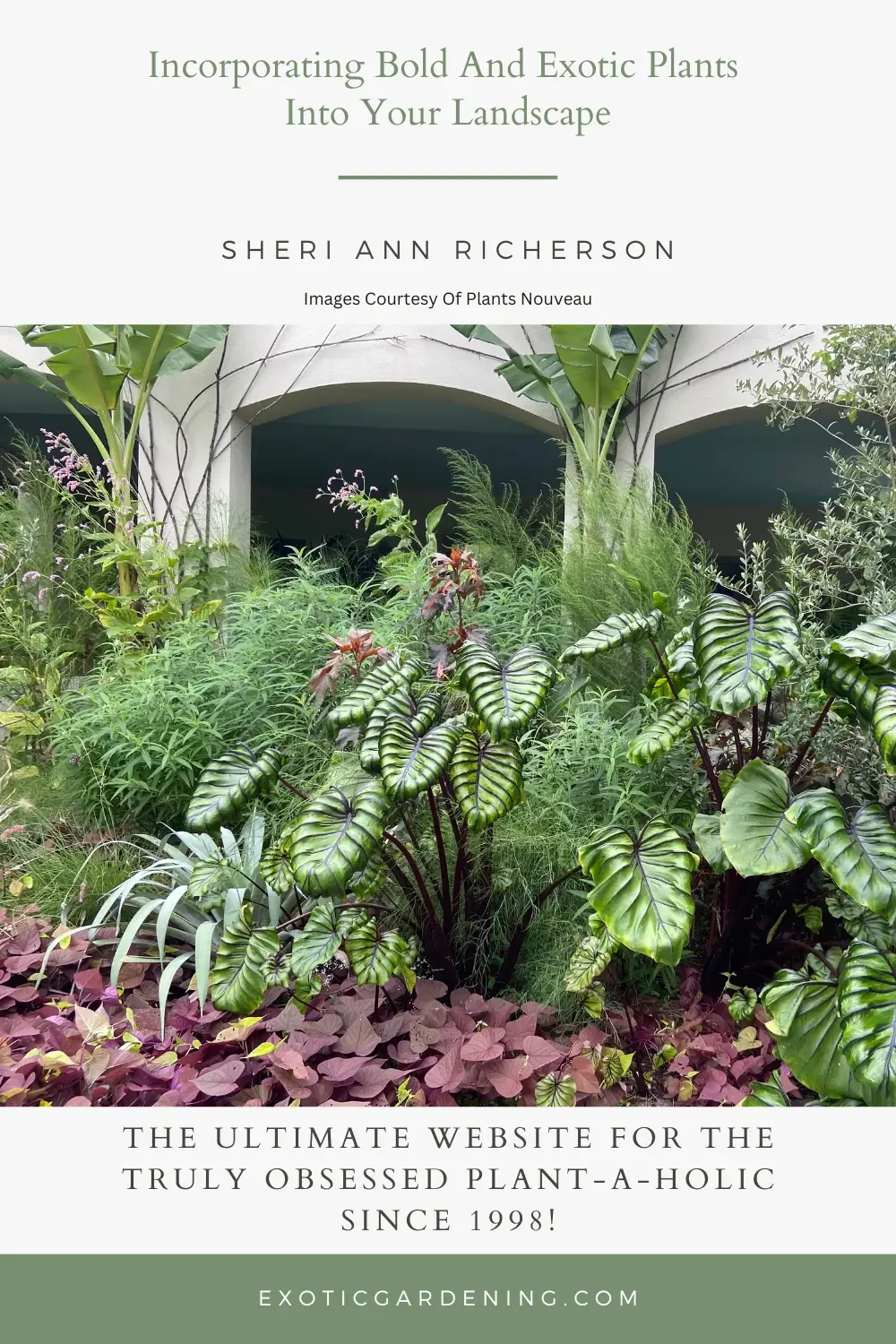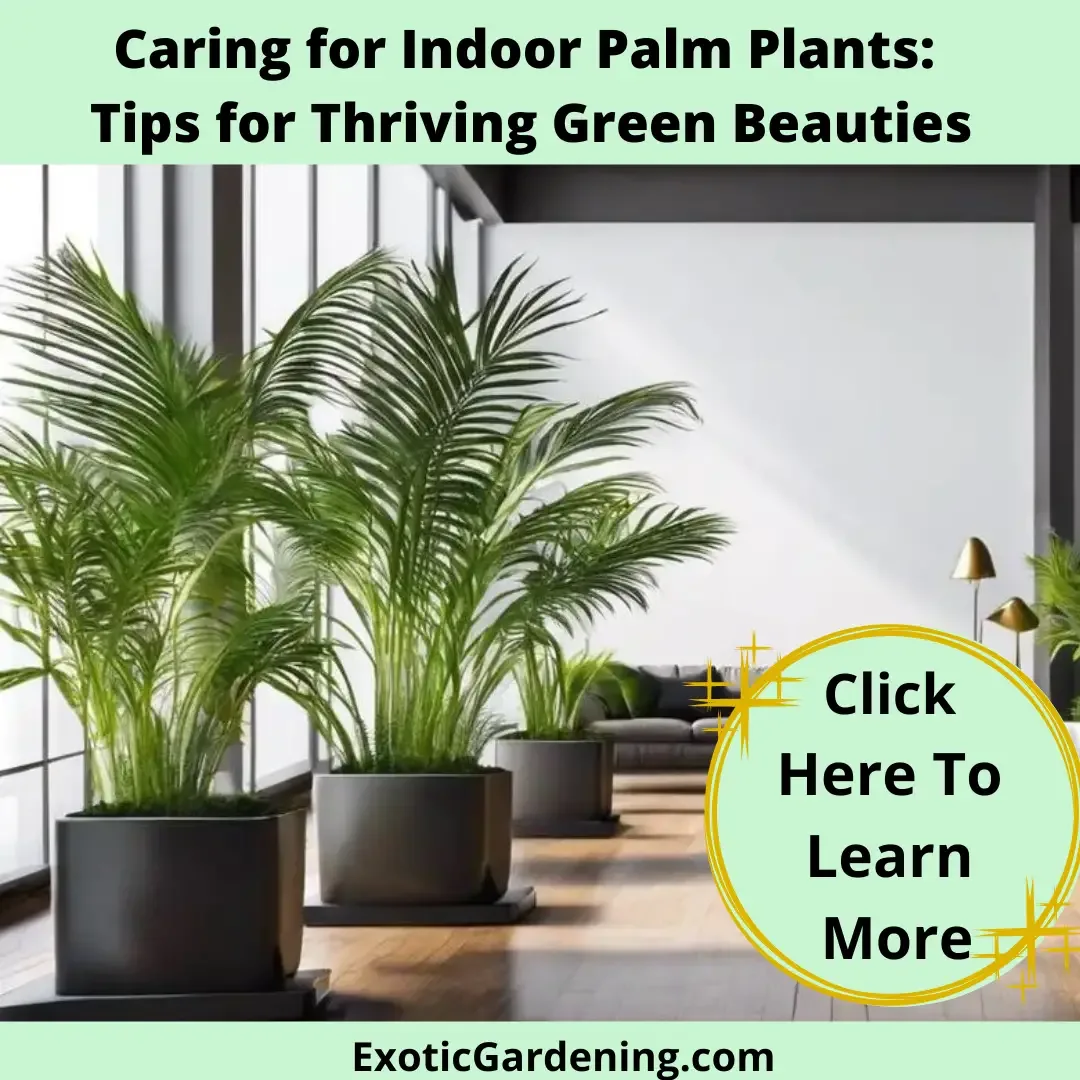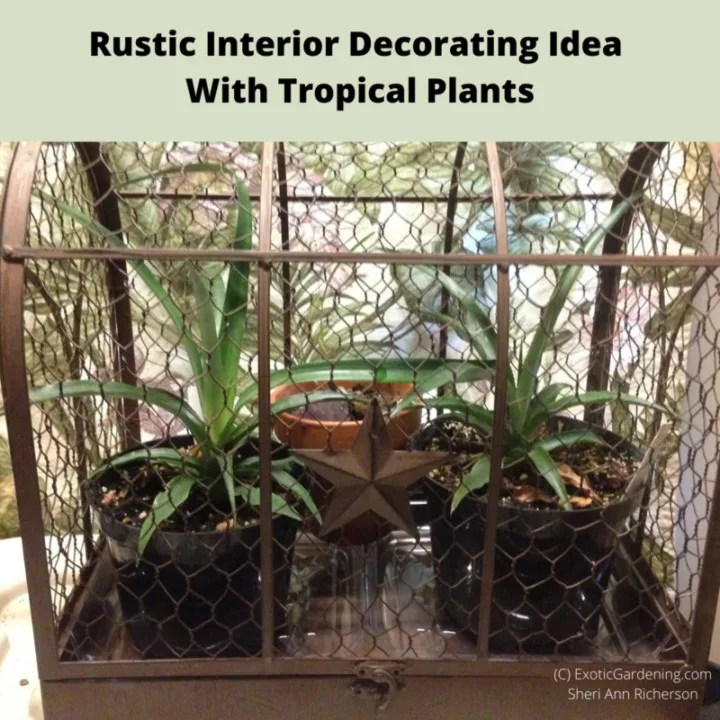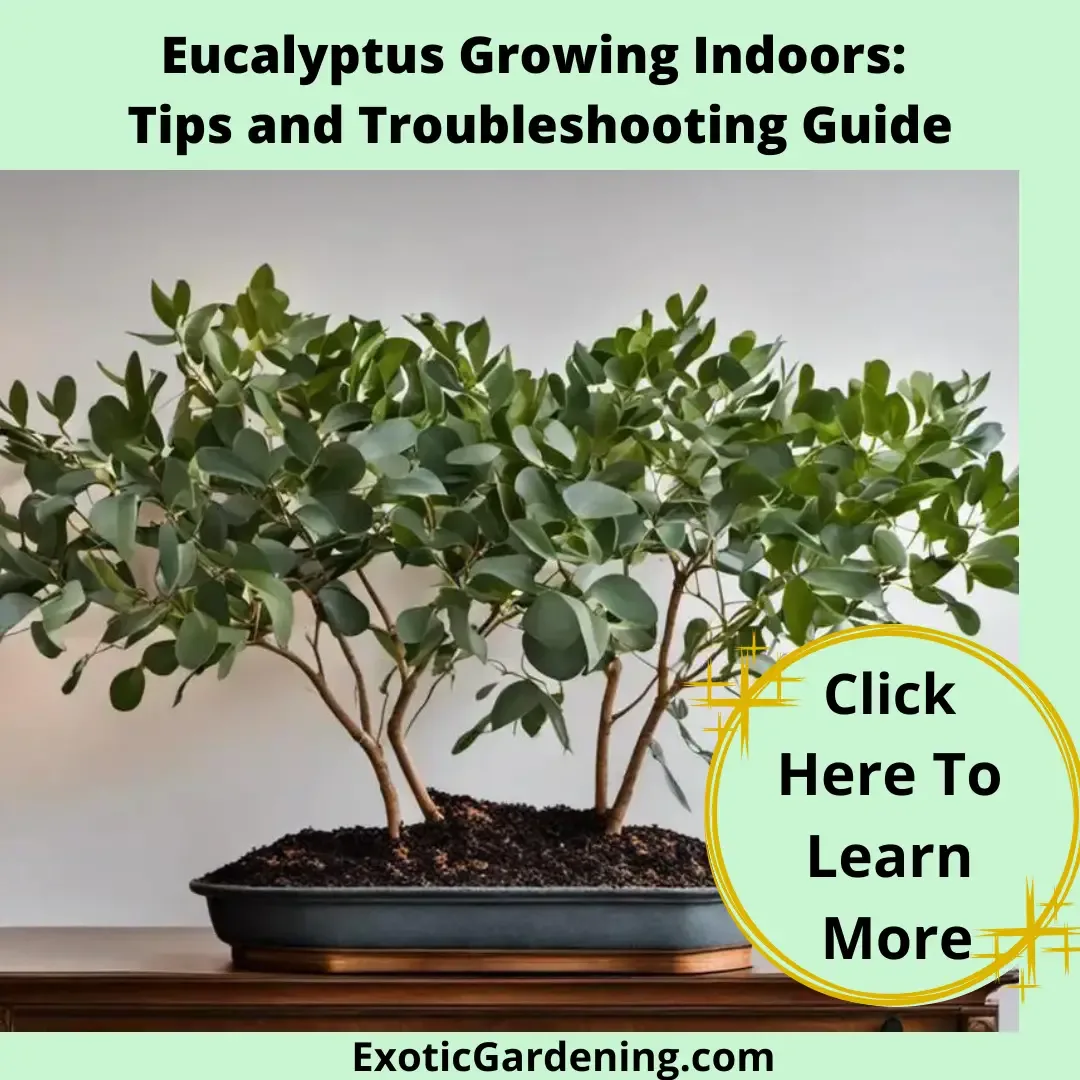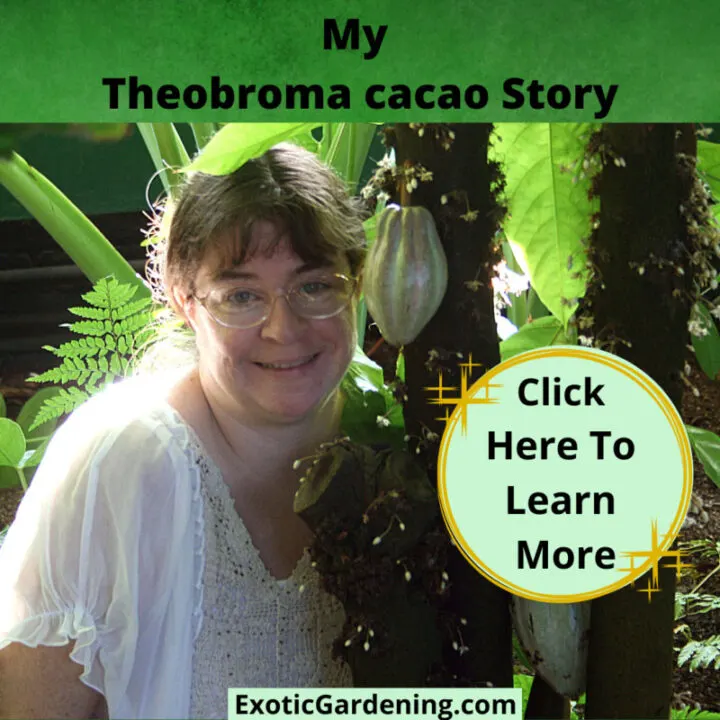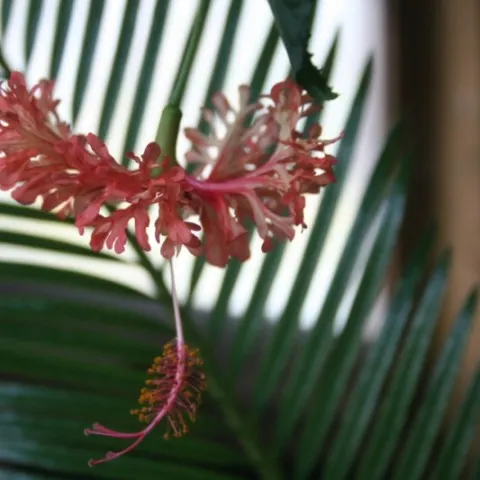When you think of bold and exotic plants, your mind might wander to far-off lands, where lush rainforests and mysterious jungles are teeming with unique and unusual flora.
Perhaps you envision plants with striking colors, peculiar shapes, or even a touch of the bizarre.
It's easy to associate exotic plants with distant, tropical destinations, but the truth is, you can bring that sense of wonder and beauty right into your own backyard.
In this blog post, we'll explore the enchanting world of bold and exotic plants that can thrive in your landscape, whether you live in a temperate climate or a tropical paradise.
We'll delve into cold-hardy exotic plants, low-maintenance options, rare gems, and some tried-and-true favorites like bananas and elephant ears.
By the end of this article, you'll be equipped with the knowledge and inspiration to transform your garden into a stunning showcase of botanical wonder.
Treating Exotics as Annuals
It's essential to recognize that many of the plants we consider annuals in temperate climates are, in fact, tropical by nature.
Embrace these vibrant species, like hibiscus, bougainvillea, and passionflower, to infuse your garden with a burst of tropical energy during the summer months.
With their vivid blooms and bold foliage, they're sure to captivate your visitors.
If you don't have the space or inclination to overwinter your exotic plants indoors, don' t despair.
Treating them as annuals is a viable option.
By collecting seeds or taking cuttings at the end of the season, you can enjoy a rotating display of bold and exotic specimens in your garden during the summer months and not have to worry about overwintering them doing the winter.
Making a Bold Statement
When incorporating bold and exotic plants into your landscape, consider making one or more of them the focal point of your garden.
By giving them ample space, you allow their unique beauty to shine.
The juxtaposition of bold and exotic specimens against a backdrop of more traditional plants creates a visual feast for the eyes.
Using Companion Plants and Vines
To enhance the impact of your bold and exotic plants, employ companion plants strategically.
These can include perennials, annuals, or even native species that complement the exotic look.
Additionally, consider planting vines behind or nearby your bold plants to draw the eye upward.
This vertical dimension adds depth and interest to your garden.
Small Spaces, Big Impact
Not everyone has a vast yard at their disposal, but that doesn't mean you can't embrace exotic plants.
Even in limited spaces, you can create a mini jungle or a tropical oasis.
Careful planning and creative use of containers can turn a small balcony, courtyard, or even a sunny windowsill into a breathtaking showcase of bold and exotic flora.
The Versatility of Exotic Plants
Whether you're starting with a small space or have a sprawling garden, exotic plants offer versatility and charm.
They can be used as standalone specimens, combined with other exotic varieties, or seamlessly integrated into existing landscapes.
The key is to find the right balance that suits your style and space.
The "Wow" Factor
When you blend the right mix of tropical and bold plants into your garden, you'll undoubtedly receive admiring "Wow's!" from friends and neighbors.
The uniqueness and beauty of your garden will set it apart from the ordinary, leaving a lasting impression on anyone who visits.
Here are a few show stopping exotic plants that honestly, you might just find are worth overwintering, even if you allow frost to hit the plant so it goes dormant, then store the bulbs in a cool, dark place over winter.
Silybum Mariannum - Our Lady's Blessed Milk Thistle
One of the most exotic-looking plants that might surprise you is the Silybum Mariannum, commonly known as "Our Lady's Blessed Milk Thistle."
While the term "thistle" might conjure images of prickly, unwelcome weeds, this variety boasts stunning variegation that sets it apart.
It's a captivating addition to any garden and an excellent example of how even seemingly ordinary plants can exhibit exotic traits.
Musa "Ae Ae" - A Rare Banana Delight
When it comes to exotic plants, bananas are often a top choice due to their striking foliage and unique growth habits.
One exceptional banana variety is the Must "Ae Ae" (Musa "Ae Ae"), a rare gem that garden enthusiasts covet.
This banana plant is known for its captivating variegated leaves, displaying a mesmerizing pattern of greens and whites.
The "Ae Ae" banana is a true testament to the beauty of exotic plants and can be a conversation starter in any garden.
Musa "Nono" Variegated Pink - A Splash of Color
If you're looking for a banana variety that pushes the boundaries of bold and exotic, consider the Musa "Nono" variegated pink banana.
This stunning plant showcases pink variegation on its leaves, adding a burst of color to your garden.
With its eye-catching appearance, the "Nono" banana is sure to be a showstopper and a testament to the diverse range of bananas available to gardeners.
Growing and Caring for Specialty Bananas
Specialty bananas, such as the Musa "Ae Ae" and Musa "Nono" variegated pink, require specific care to thrive and showcase their exotic beauty. Here are some essential tips:
- Soil: Ensure well-draining soil with good organic matter. Specialty bananas appreciate slightly acidic to neutral soil pH levels.
- Light: These bananas thrive in partial to full sun conditions, so provide them with plenty of sunlight.
- Water: Keep the soil consistently moist but not waterlogged. Regular watering is crucial, especially during the growing season.
- Protection: Depending on your climate, you might need to provide protection from harsh winds and cold temperatures. Specialty bananas are typically more sensitive to cold.
- Fertilization: Use a balanced, slow-release fertilizer to provide essential nutrients to your banana plants.
- Pruning: Regularly remove dead or damaged leaves to encourage healthy growth and maintain their exotic appearance.
Showcasing Specialty Bananas
Specialty bananas like Musa "Ae Ae" and Musa "Nono" variegated pink deserve a prominent place in your garden design. Here's how to make the most of their exotic allure:
- Central Focus: Position these unique banana varieties as the central focus of your garden. Their captivating leaves and vibrant colors will draw the eye and create a sense of wonder.
- Complementary Plants: Surround your specialty bananas with complementary plants that highlight their beauty. Consider ferns, hostas, or other semi-shade loving foliage plants for an elegant contrast if you are growing your banana in part sun.
- Containers: If you live in a climate with cold winters, consider growing specialty bananas in large containers. This allows you to move them indoors during the winter months, protecting them from frost.
Colocasia "Pharaoh's Mask" - An Ancient Allure
Colocasias, commonly known as elephant ears, are renowned for their large, dramatic leaves that resemble the ears of an elephant.
Among these, the Colocasia "Pharaoh's Mask" stands out for its striking foliage.
Its bright green leaves that are accentuated by bulging purple veins, creating an unusual 3D effect that is impossible to ignore, making it an exotic plant with a touch of mystique.
This plant was bred by Brian Williams of Brian's Botanicals in Louisville, Kentucky.
Colocasia "Redemption" - A Fiery Foliage Marvel
For a bold and fiery addition to your garden, consider the Colocasia "Redemption."
This exotic plant has rippled, shiny leaves that emerge green and quickly turn black with the help of the sun.
As the leaves mature, a neon-pink blotch forms, growing larger and radiating outward like a bright pink starburst in the center of each leaf.
With its dramatic appearance, the "Redemption" elephant ear adds a touch of intrigue and sophistication to any landscape.
This plant was bred by Brian Williams of Brian's Botanicals in Louisville, Kentucky.
Caring for Exquisite Colocasias
Colocasias, like the "Pharaoh's Mask" and "Redemption" varieties, have their own care requirements for optimal growth and vivid foliage:
- Soil: Colocasias prefer well-draining, rich soil. Amending the soil with organic matter can enhance their growth.
- Light: While they thrive in partial shade, they can tolerate full sun with adequate moisture.
- Water: Keep the soil consistently moist, as elephant ears love water. Mulching can help retain moisture and regulate soil temperature.
- Protection: In colder regions, consider digging up the bulbs and storing them indoors during the winter to protect them from freezing temperatures.
- Fertilization: Apply a balanced fertilizer during the growing season to promote robust foliage.
- Pest Control: Monitor for pests like aphids and spider mites, which can be attracted to these plants. Use appropriate measures to control infestations.
Elevating Colocasias in Your Landscape
Colocasias, especially "Pharaoh's Mask" and "Redemption," have a commanding presence that can transform your garden into an exotic paradise:
- Water Features: Incorporate these elephant ears near water features like ponds or fountains. Their lush foliage provides a stunning backdrop to the soothing sounds of flowing water.
- Colorful Companions: Pair the bold colors of Colocasia "Redemption" with vibrant flowering plants to create a visually striking contrast in your garden.
- Shady Retreats: Plant Colocasias in shaded areas of your garden, such as beneath trees or alongside tall shrubs. This placement allows their large leaves to thrive without direct sun exposure.
Creating an Exotic Paradise in Your Garden
As you embark on your journey to incorporate bold and exotic plants into your landscape, don't forget the allure of specialty bananas like Musa "Ae Ae" and Musa "Nono" variegated pink, along with the captivating Colocasias "Pharaoh's Mask" and "Redemption."
These plants offer a unique blend of beauty, drama, and intrigue that can elevate your garden to new heights.
With the right care and creative design, these exotic specimens will become the stars of your garden, captivating the imagination of all who visit.
So, unleash your inner plant enthusiast, embrace the world of bold and exotic flora, and let your garden be a testament to the beauty that nature can offer right in your own backyard.
FAQ: Incorporating Bold and Exotic Plants Into Your Landscape
If you've ever considered adding bold and exotic plants to your garden, you probably have a few questions.
Don't worry; I'm here to help!
Let's dive into some common queries and shed light on how to transform your landscape into a botanical wonderland.
Q. What are some examples of bold and exotic plants that I can incorporate into my garden?
A. There are plenty of stunning options! Think Silybum Mariannum (Our Lady's Blessed Milk Thistle), Canna, Musa "Ae Ae" bananas, Musa "Nono" variegated pink bananas, Colocasia "Pharaoh's Mask," and Colocasia "Redemption." These plants can bring a touch of exotic charm to your outdoor space.
Q. I live in a cold climate. Can I still grow exotic plants in my garden?
A. Absolutely! Many exotic plants are hardier than you might think. Look for cold-tolerant varieties like certain bamboo species and Musa basjoo to thrive in your temperate climate.
Q. How do I care for Musa "Ae Ae" bananas to maintain their vibrant variegation?
A. Musa "Ae Ae" bananas are known for their striking variegated leaves. To keep them looking their best, plant them in well-draining soil, provide ample sunlight, and make sure the soil stays consistently moist. Keep them sheltered from strong winds and chilly temperatures, as they can be sensitive to the cold.
Q. I have limited space in my garden. Are there exotic plants suitable for small areas?
A. Absolutely! Specialty plants like Musa "Nono" variegated pink bananas can thrive in containers or even indoors during the colder months. They add a touch of exotic beauty to any setting, whether large or small.
Q. Can I leave Colocasias like "Redemption" outdoors during the winter?
A. In colder regions, it's wise to dig up the bulbs of Colocasias like "Redemption" and bring them indoors during the winter months. This protects them from freezing temperatures and ensures their survival.
Q. Can I grow exotic plants like Silybum Mariannum from seeds?
A. Yes, you can! Many exotic plants can be grown from seeds. Using a bottom heat unit and a dedicated grow light setup can significantly boost germination rates and overall success.
Q. What are some creative ways to design a garden with bold and exotic plants?
A. Designing with bold and exotic plants offers endless possibilities for creating a captivating landscape. Consider making one or more of these exotic specimens the central focus of your garden. This way, they have ample space to shine, and their unique beauty can take center stage. Surround them with complementary plants, such as perennials, annuals, or even native species that complement the exotic look. Additionally, incorporating containers or water features can add depth and interest to your garden, making it a visually stunning masterpiece.
Q. Do exotic plants require a lot of maintenance?
A. Maintenance requirements for exotic plants can vary depending on the specific species. However, many exotic plants can be surprisingly low-maintenance once they're established. This makes them a fantastic addition to your garden, allowing you to enjoy their beauty with minimal effort.
Q. Are there any unique challenges to growing exotic plants in a small space?
A. In smaller spaces, container gardening and careful plant selection are key. Ensure you have appropriately sized pots and consider the eventual plant size when planning your garden. With some creativity and thoughtful design, you can successfully incorporate exotic plants into even the tiniest of spaces.
Q. Should I look for specialty plants like Musa "Ae Ae" and Musa "Nono" variegated pink at local nurseries or online?
A. While some local nurseries may carry exotic plants, you might discover a broader selection online through specialty plant retailers. These platforms often provide access to a wider range of exotic specimens, helping you find the perfect additions to your garden.
Q. Are there common pests or diseases that affect specialty bananas?
A. Occasionally, pests like aphids and spider mites may be attracted to specialty bananas. Keep a watchful eye and address any pest issues promptly to ensure your bananas thrive.
Q. What are the benefits of incorporating bold and exotic plants into my landscape?
A. Incorporating bold and exotic plants can utterly transform your garden into a mesmerizing oasis that captures the imagination. These plants draw attention, create a unique and memorable outdoor space, and leave a lasting impression on anyone who visits. They allow you to bring the magic of the world's most exotic landscapes right to your doorstep and embark on a gardening adventure like no other.
Remember, your garden is a canvas, and bold and exotic plants are your palette.
With a bit of creativity and a love for these botanical wonders, you can turn your outdoor space into a sanctuary of beauty and wonder.
Tropical Fruit And Foliage Plants
Tropical Plants For Medium To High Light
Check out these awesome tropcial plants for medium to high light that make wonderful, easy to care for houseplants.
Caring for Indoor Palm Plants: Tips for Thriving Green Beauties
Discover expert tips for caring for indoor palm plants, ensuring their vitality and adding a touch of tropical elegance to your space.
How To Grow Cinnamon
Learn how to grow cinnamon from seed or cuttings. Cinnamon trees do well as houseplants even though they can get rather large.
How To Grow And Harvest Pineapple From Home
Learning how to grow and harvest pineapple is a fun project that anyone in any climate can experience as long as they are patient.
Colorful Foliage Plants
Try these colorful foliage plants in your garden this summer and then bring them indoors during the winter to brighten up your home decor.
Easy Exotic Houseplants: Tropicals That Thrive Indoors in Containers
Tropical plants are the most beautiful, easy to grow indoor houseplants. Start growing exotic houseplants today that fruit and flower!
Eucalyptus Growing Indoors: Tips and Troubleshooting Guide
Discover the art of eucalyptus growing indoors for year-round beauty and fragrant cut foliage in your flower arrangements.
My Theobroma cacao Story
I've had a love affair with growing chocolate for over twenty years, so I wanted to share my Theobroma cacao story with all of you.
Scented Grass Adds Natural Fragrance To The Home Or Garden
Scented grass is one way to add scent to your garden or even your home. Best of all, they look pretty, smell great and have practical uses.
Learning About Bananas
Once you start learning about bananas you may find this popular and important fruit is really quite fascinating and makes a great houseplant.
The Enigmatic Elegance: A Comprehensive Guide to Philodendron Florida Ghost Care
Elevate your indoor gardening with our guide to Philodendron Florida Ghost care, propagation, and maintenance tips.
Variegated And Other Interesting Plants: Elevate Your Space with Nature's Painted Wonders
Explore the world of variegated and unique plants, adding vibrant beauty and intrigue to your indoor oasis.
How To Grow Tropical Plants
Growing tropical plants - also known as houseplants - indoors is fun and enjoyable plus many of them clean the indoor of pollutants.
It is easy to grow exotic looking plants that produce tropical fruit and colorful flowers in a pot in your living room or office.
Many of these plants are easy to start from seed and I share with you five plants that I recommend for indoor growing.
I also share with you why growing your own tropical fruit saves money.
In this video you will learn:
How to bring tropical plants indoors at the end of summer
How to grow tropical plants indoors
How to protect and overwinter tropical plants outdoors in cold climates
How to propagate tropical plants
How to water tropcial plants
How to grow topical plants in a greenhouse

